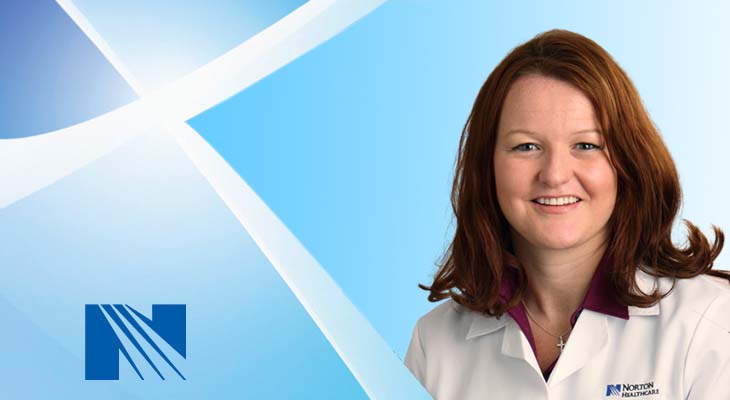Malunion osteotomy surgery plans that only recently involved X-rays and tracing paper now can be rehearsed on 3D reproductions of the injury.

When a fall off the monkey bars leaves a 10-year-old with a distal radius fracture that heals incorrectly, or a 12-year-old gymnast lands wrong and the bone remodeling results in limited range of motion, the bone needs to be surgically rebroken.
Malunion osteotomy surgery, a technically challenging procedure, now can be more precise and predictable with better results with the use of 3D technology. It’s changed how I treat the handful of complex cases like these I see every year.
I’ve used this approach a lot on both bone forearm breaks, Monteggia fractures and wrist instability surgeries.
Historically, a malunion osteotomy surgery involved creating a surgical plan using tracing paper, X-rays of both the good arm and the one that needed to be rebroken, and some educated guesswork on where to cut and at what angle to get one arm looking like the other.
Using CT scans and specialized software, it’s now possible to rehearse the surgery before setting foot in the operating room.
Using CT scans of both the good arm and injured arm, the computer software overlays the 3D images so they are aligned on all planes, in all directions, at one time. With these images in place, the exact nature of the malunion is visible.
Refer a patient
To refer a patient to Norton Louisville
Arm & Hand, visit Norton EpicLink and open an order for Orthopedic Surgery.
Conventionally, X-rays would provide only two-dimensional images, so I wouldn’t get a complete picture. For example, from an X-ray, I don’t know if a bone is rotated.
Malunion osteotomy surgery using precise 3D models of the bones and guides for cuts and screws
Before surgery, I work with engineers at Materialise, who look at the imaging and help me determine the optimal place to rebreak the bone. Of course, as the surgeon, I can and do sometimes change the location of the break if there is a nerve or artery I need to avoid.
In addition to the presurgical planning, the company sends me 3D printed models of the bones and also prints customized 3D guides to cut the bone where we planned it out on the computer and show exactly where I need to put in the screws.
I’ve been using this approach regularly since 2016 with excellent outcomes. My being an early adopter of this new technology has been a really great thing for my young patients who need this surgery.
There’s another benefit for my patients when I’m using this new technology. As a result of all the highly detailed planning, the procedure itself takes less time and children receive less radiation during surgery because I don’t need the X-ray nearly as much.
At the end of the day, the best test of how well this 3D technology works with malunion osteotomy surgery is how my patients do after surgery. With the 3D printing option, kids have gotten their range of motion back with more reliability and predictability.
The very first case I did using this technology, in 2015, showed how well the technology works. It was a girl who had broken her arm in gymnastics, and it had healed crooked. As a result, she could no longer do gymnastics. After surgery and once her bone had remodeled correctly, she was able to return to the sports she loved.
Charity S. Burke, M.D., is a hand surgeon with Norton Louisville Arm & Hand.

